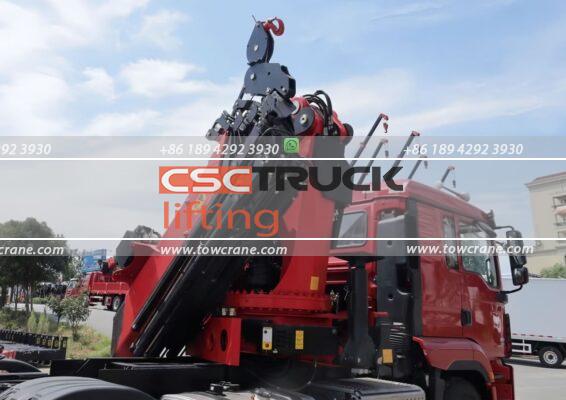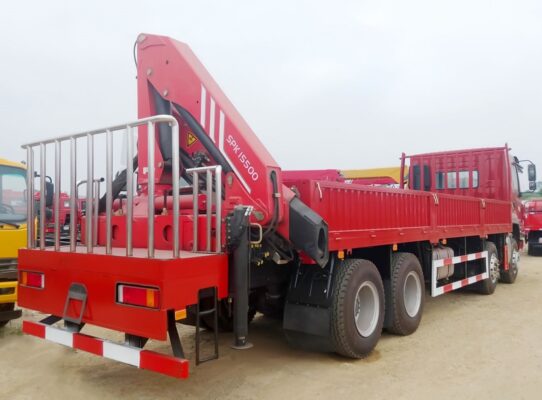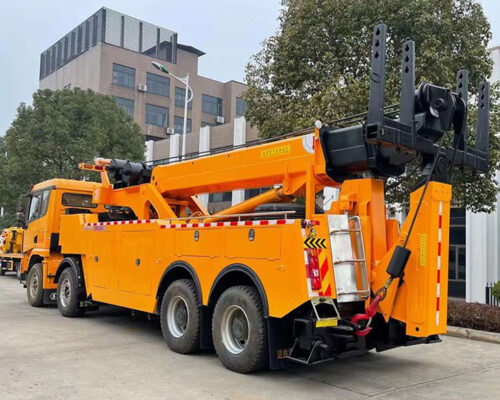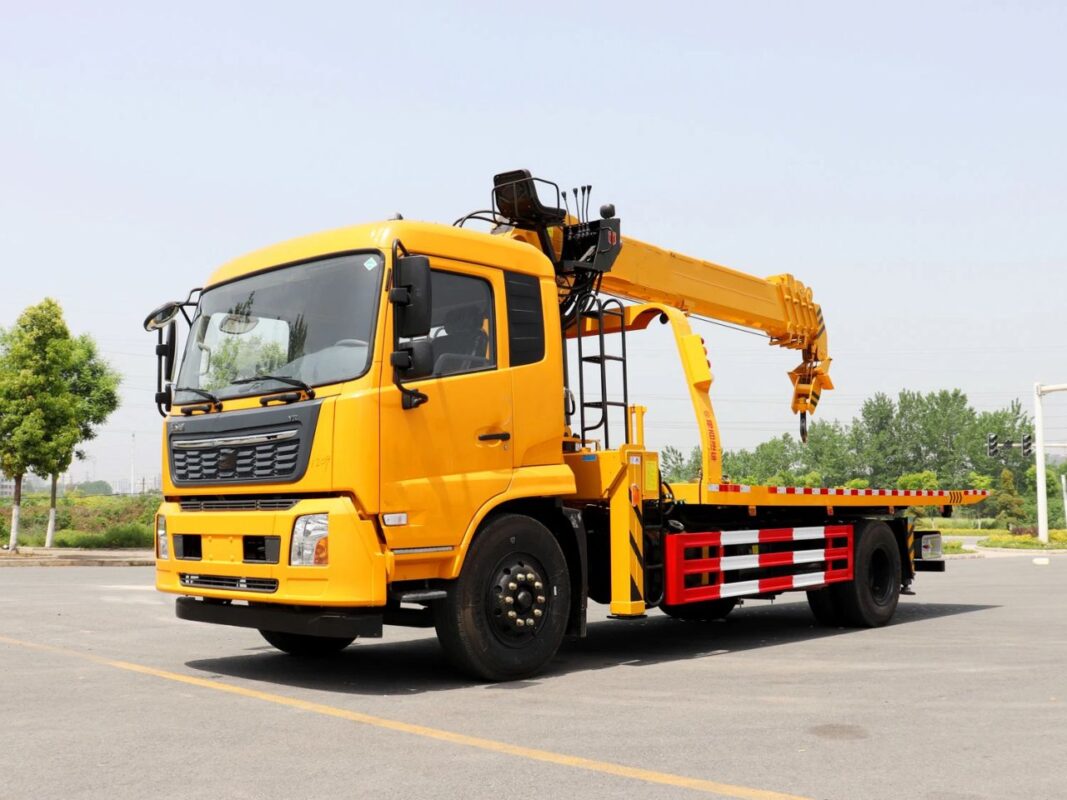In recent years, with the increase in transportation, the number of vehicles on the road has surged, leading to a rise in traffic accidents. This has fueled the growth of the tow truck industry, with a growing demand for these vehicles. As fuel prices continue to rise, many people opt for more fuel-efficient models when purchasing tow trucks. However, fuel efficiency is not solely dependent on the engine but is also closely linked to the driver’s habits. How can you drive to achieve better fuel efficiency? Let’s explore some tips.

1. Appropriate Driving Speed: Matching the engine with the correct gear is essential. For instance, driving at a high gear with low speed is more fuel-efficient than driving at a low gear with high speed. High gears are suitable for high speeds and good road conditions, whereas low gears with high speeds are better for complex road conditions.
2. Coordination Between Brakes and Accelerator:** Experienced drivers know how to balance the use of the accelerator and brakes, whereas novice drivers tend to rely heavily on the brakes. The less you use the brakes, the more fuel you save. During tow truck operations, avoid sudden acceleration and deceleration. Maintaining a steady speed and smooth acceleration on slopes is more fuel-efficient. Anticipatory driving is crucial—pay attention to pedestrians and vehicles around you and take early measures to slow down. Using light braking can save fuel and reduce brake pad wear.
3. Keep Windows Closed While Driving: Driving with the windows wide open increases air resistance, leading to higher fuel consumption. This is particularly noticeable at high speeds.

4. Choose the Right Tow Truck: Before purchasing a tow truck, consider the types of vehicles you will be towing. If you’re mainly towing sedans, a single-axle flatbed tow truck like the Dayun Aopuli One-to-Two Flatbed Tow Truck will suffice. For medium-duty trucks, you may need a larger tow truck, such as a double-axle or a four-axle truck.
5. Regular Maintenance: Keeping your tow truck in good condition ensures optimal performance and fuel efficiency. Regularly check the tire pressure, as under-inflated tires can increase fuel consumption. Ensure the engine is running smoothly by performing regular oil changes and servicing.
6. Load Management: Avoid carrying unnecessary weight in your tow truck. The heavier the vehicle, the more fuel it consumes. Ensure that the cargo is distributed evenly to prevent excess strain on the engine.
7. Use of Cruise Control: On highways, using cruise control can help maintain a constant speed, improving fuel efficiency. It prevents unnecessary acceleration and deceleration, which can consume more fuel.

By adopting these fuel-saving practices, tow truck drivers can significantly improve their vehicle’s fuel efficiency, leading to cost savings and more environmentally friendly operations. Prioritizing these tips can enhance your driving experience and contribute to the overall efficiency of your tow truck business.







